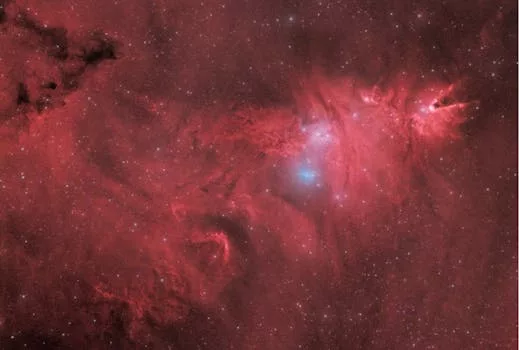
“
Beyond the Milky Way: Imagining New Worlds and Possibilities
Introduction to the Cosmos
Beyond the Milky Way: Imagining New Worlds and Possibilities is an exciting topic that has captivated human imagination for centuries. The sheer scale and complexity of the universe have led to numerous theories, discoveries, and ongoing research. As we continue to explore and understand the vastness of space, we are forced to confront our own limitations and the endless possibilities that lie beyond our galaxy.
The Milky Way, our home galaxy, is just one of billions of galaxies in the observable universe. Each galaxy contains billions of stars, and each star has the potential to support a planetary system. The numbers are staggering, and the potential for life beyond Earth is a topic of ongoing debate and research. For a deeper dive into this subject, check out From Stardust to Dreams: Imagining Life Beyond the Stars.
Exploring the Vastness of Space
Space exploration has come a long way since the launch of Sputnik in 1957. We have sent humans to the Moon, robotic missions to Mars, and even landed a probe on a comet. However, despite these achievements, we have only scratched the surface of the universe. There are still many unanswered questions, and the search for answers will continue to drive human innovation and exploration. To learn more about the imaginative aspects of space exploration, read Charting New Realms: The Journey of Imagination Beyond the Stars.
One of the most significant challenges in space exploration is the sheer distance between stars and galaxies. The fastest spacecraft, Voyager 1, has been traveling for over 40 years and has only reached a distance of about 14 light-hours from Earth. The nearest star to our sun, Proxima Centauri, is about 4.24 light-years away, which means that even at high speeds, it would take tens of thousands of years to reach.
Imagining New Worlds and Civilizations
As we continue to explore the universe, we are forced to confront the possibility of other forms of life. The discovery of exoplanets, which are planets that orbit stars other than our sun, has opened up new avenues of research and speculation. Some of these exoplanets are located in the habitable zones of their respective stars, which means that they could potentially support life.
The possibility of other civilizations raises many questions about the nature of life and the universe. If we assume that life is not unique to Earth, then we must consider the potential for other forms of intelligent life. This has led to the development of theories such as the Fermi Paradox, which questions why we have not yet encountered any signs of intelligent life. For further insights, you might enjoy Beyond Stars: Where Imagination Takes Flight.
Takeaways and Future Directions
In conclusion, the exploration of the universe and the search for new worlds and civilizations is an ongoing and exciting area of research. As we continue to push the boundaries of human knowledge and innovation, we are forced to confront our own limitations and the endless possibilities that lie beyond our galaxy.
Some key takeaways from this topic include:
- The universe is vast and complex, with billions of galaxies and stars.
- The search for life beyond Earth is an ongoing area of research and debate.
- Space exploration has come a long way, but there are still many unanswered questions.
- The possibility of other civilizations raises many questions about the nature of life and the universe.






